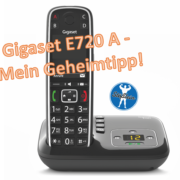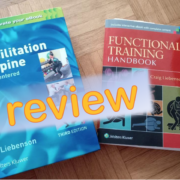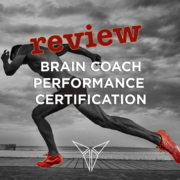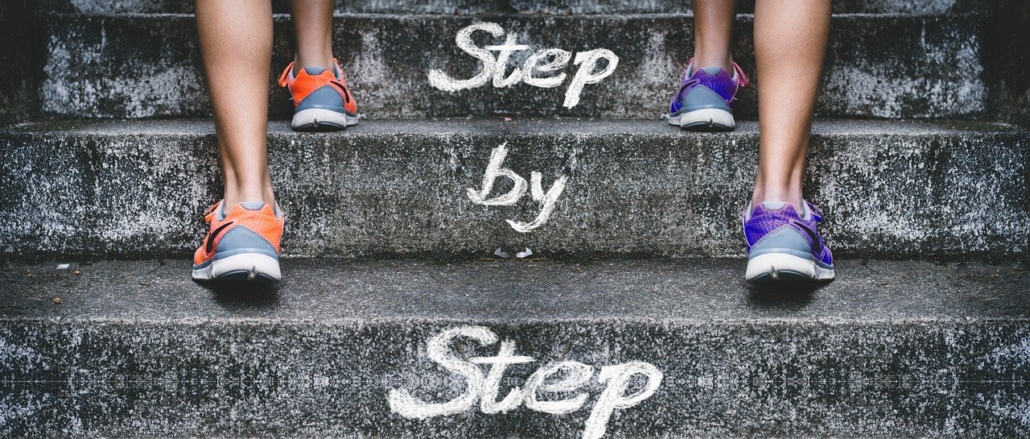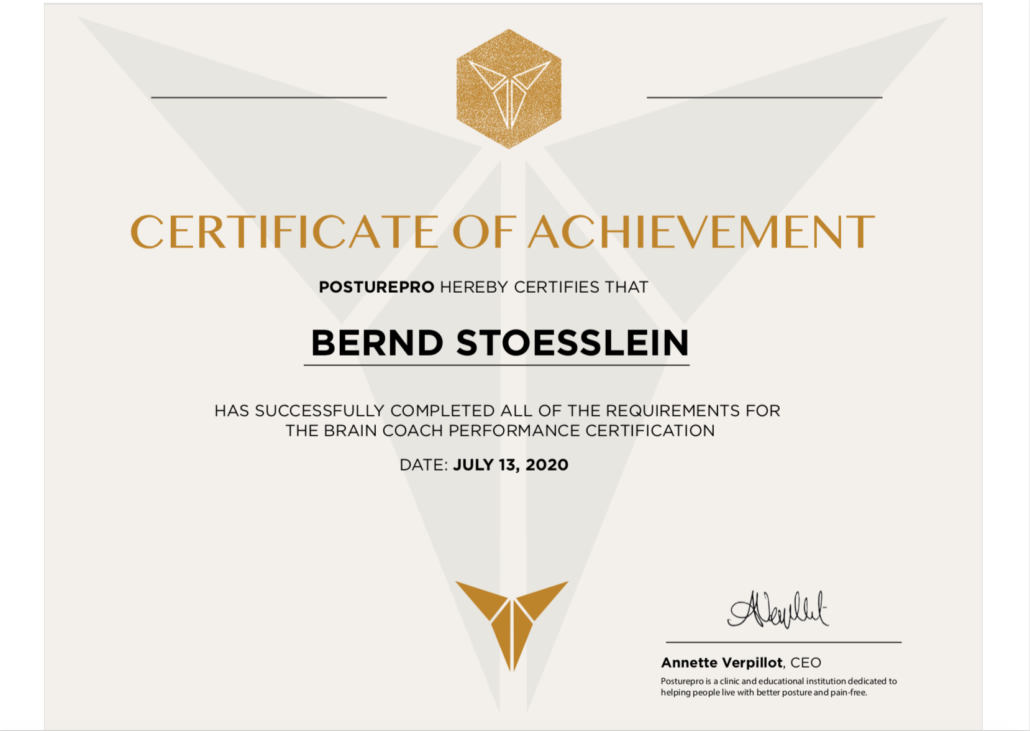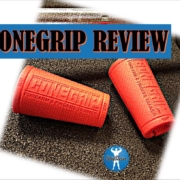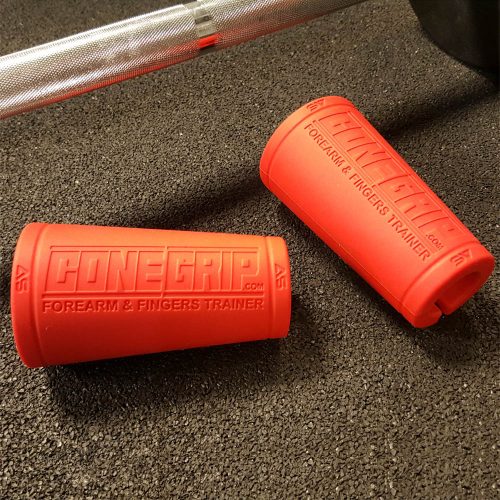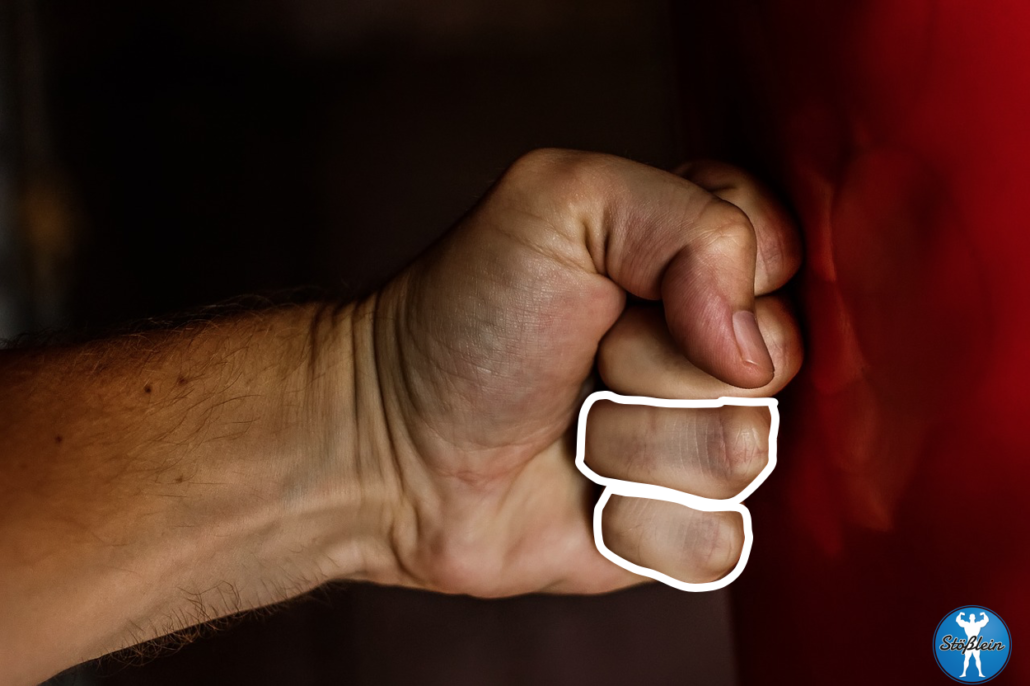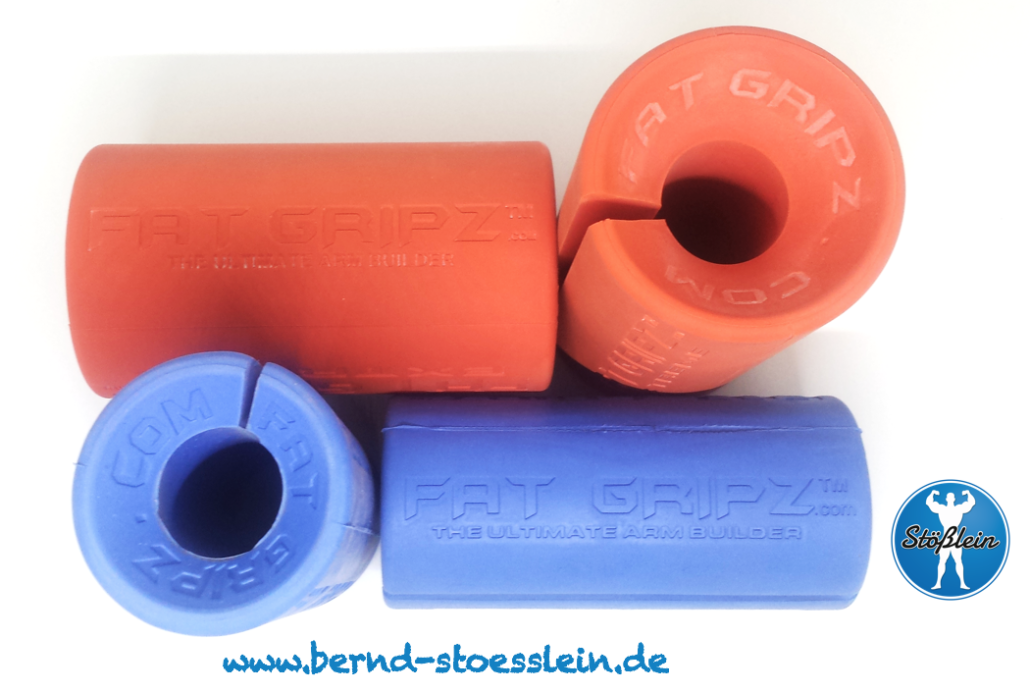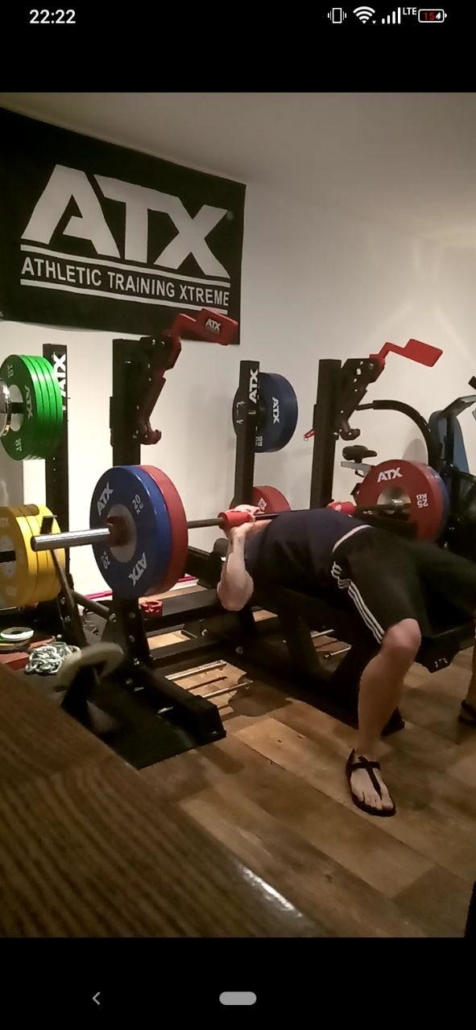Gigaset E720 – So viel Extra (Made in Germany) muss sein. Dieser Blogartikel fällt in die Kategorie „Hinter den Kulissen“ oder, wie es „Denglisch“ ja jetzt heißt „making of“. Wie bereits im Artikel über das „ruggedized“ (robust gebaute) Smartphone Gigaset GX290 und anderen Berichten, zeige ich dem geneigten Leser auch immer mal, mit welchen „cool tools“ ich jeden Tag meine Büroarbeit absolviere. Denn auch als Strength-Coach/Personal-Trainer bzw. Heilpraktiker kommt man um Bürozeiten nicht herum. Um so wichtiger ist es, dass man auch dafür die besten „Werkzeuge“ zur Hand hat. In diesem Artikel berichte ich über mein neues, strahlungsarmes Haustelefon, das jedes Biohacker-Herz höher schlagen lässt.
Gigantisches Gigaset – Geht nicht, gibt’s nicht?
Die Frage, warum ich auf meinem Blog bestimmte Dinge vorstelle, werden sich die eingefleischten Leser wohl nicht mehr stellen. Diese wissen um meine Leidenschaft, über den sprichwörtlichen Tellerrand hinaus zu schauen.
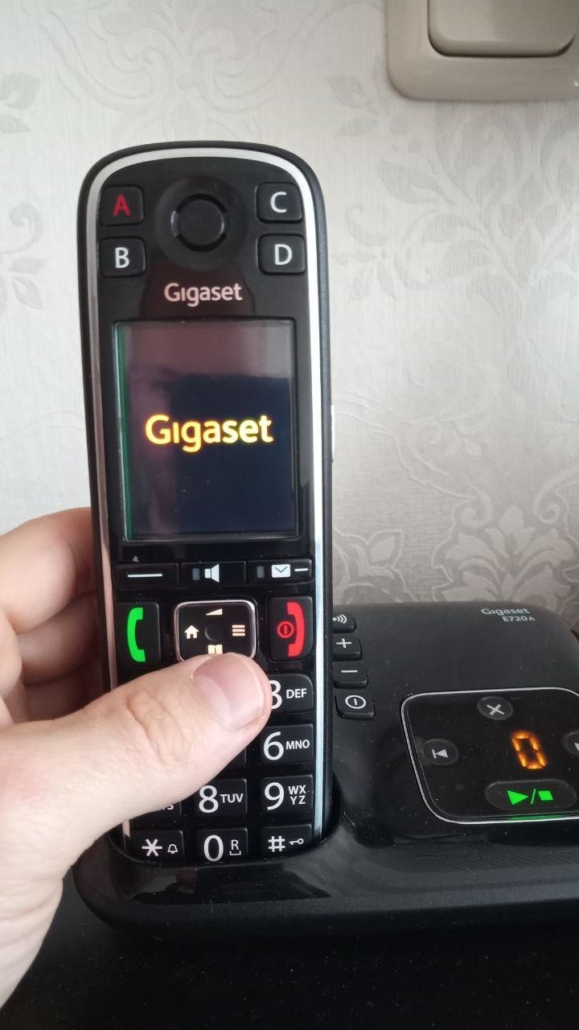
Als Strength and Conditioning-Coach/Personal-Trainer, Heilpraktiker, aber auch als sog. “Consulting Biohacker” kommt man heutzutage um das Thema (Tele)Kommunikation nicht mehr herum.
Aufgrund dessen habe ich mich natürlich auch in diesem Bereich stark mit elektromagnetischen Feldern, 5G usw. beschäftigt. Mehr Grundlegendes zu diesen Themen findet man in diesen beiden Artikeln, ebenfalls auf meinem Blog:
- Das „Internet of Things“, 5G und meine EMF Optimierung 2019
- VIVOBASE® Home – Meine EMF Optimierung 2019, Teil II
Doch an dieser Stelle geht es um mein neues Gigaset. Nicht mein erstes Telefon dieser Marke, denn über sehr viele Jahre habe ich bereits ein Gigaset AS 28 H (siehe Fotos) genutzt. Dieses hatte mir auch immer treue Dienste geleistet.
Für meine Arbeit brauchte ich aber ein neues „Haustelefon“, zusätzlich mit Anrufbeantworter. Nicht zuletzt aufgrund der sagenhaften Verarbeitungsqualität „Made in Germany“ fiel meine Wahl dann wieder auf ein Telefon der Marke Gigaset.
Wie zu Beginn ja bereits erwähnt, setze ich auch beim Mobiltelefon/Smartphone auf die Marke Gigaset.
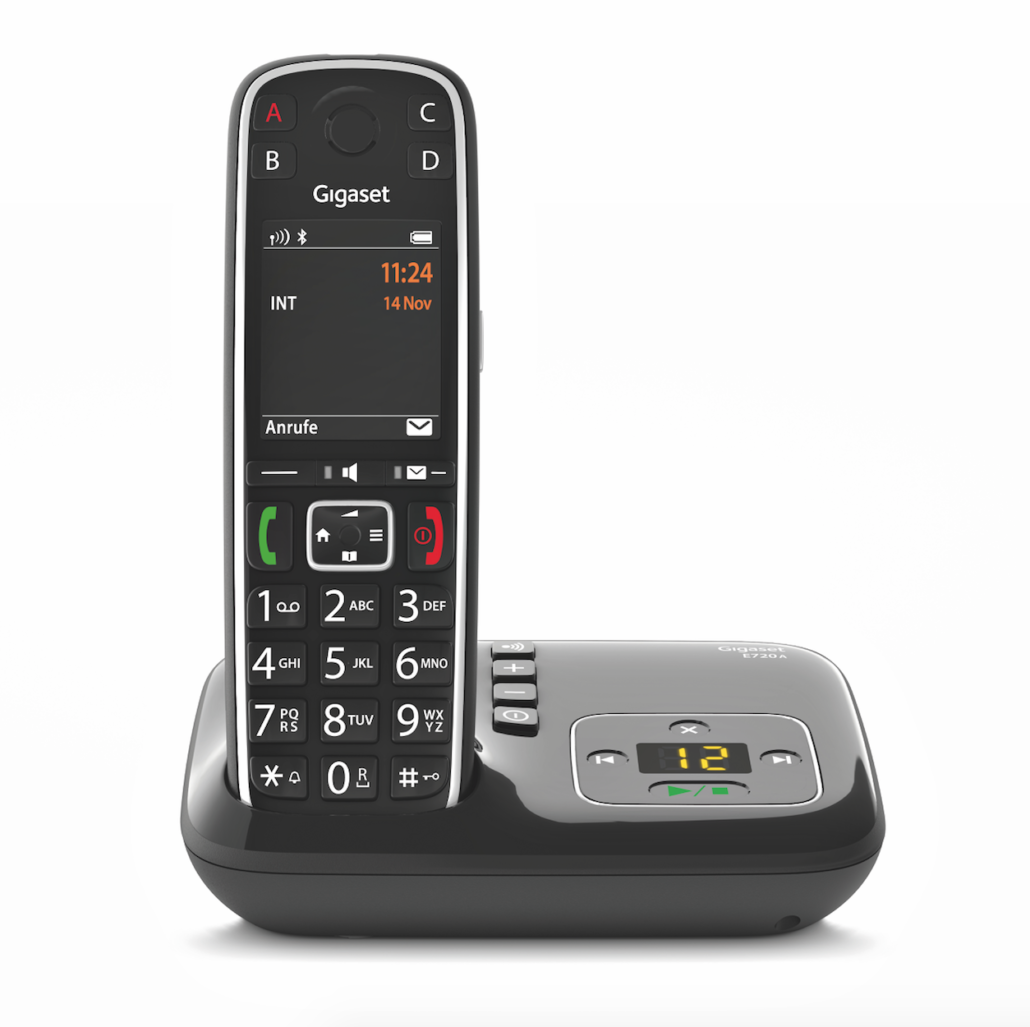
Das Gigaset E720 gibt es übrigens in unterschiedlichen Ausführungen.
In der von mir genutzten Version (mit Anrufbeantworter = E720A, siehe Fotos), ohne Anrufbeantworter und als HX-Universalmobilteil zur Erweiterung bestehender DECT-Basisstationen oder zum direkten Betrieb an kompatiblen DECT und sogenannten CATiq-Routern.
Doch warum ausgerechnet dieses Telefon für meine tägliche Arbeit? Anbei einige meiner Highlights:
Das Gigaset E 720 besitzt z.B. „sprechende Wähltasten“. Gigaset nennt das „Voice Announcement“. Das finde ich insofern sehr praktisch, als dass ich mich beim alten Telefon, gerade bei längeren Nummern, oft vertippt hatte.
Denn das alte Gigaset hatte nicht bei jedem Tastendruck ein auditives Feedback gegeben. So wusste man, beim schnellen Tippen, nicht immer, ob man eine Zahl nun wirklich gewählt oder nur gedrückt (oder umgekehrt) hatte oder nicht.
Richtig „cooles feature“ des Gigaset E 720 ist also, dass es einem die getippten Zahlen sowie im internen Telefonbuch abgespeicherte Namen vorspricht. Tolle Idee, auch für Nutzer mit eingeschränkter Sehfähigkeit.
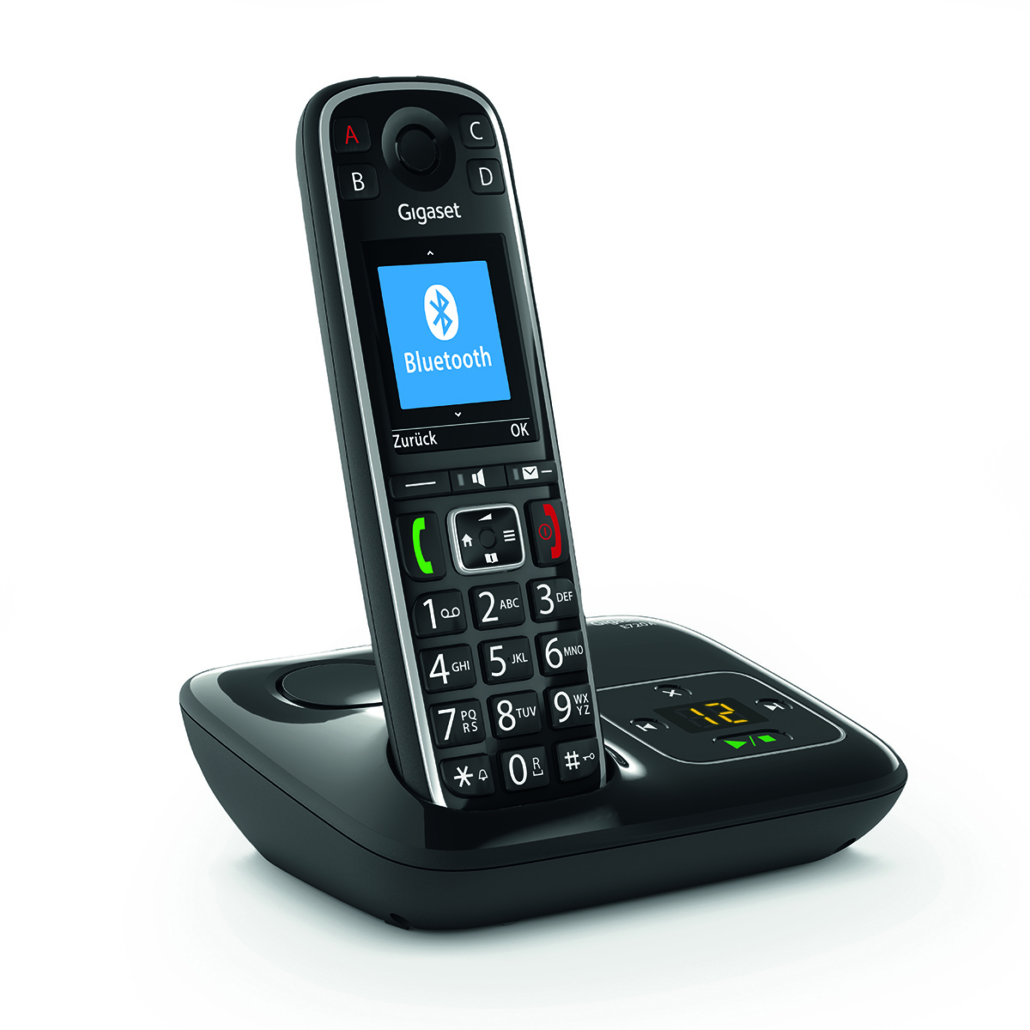
Ebenfalls praktisch, es besteht die Option einer Anrufübertragung an andere Geräte, via Bluetooth® (4.2).
Für mich selbst zwar nicht relevant, trotzdem aber sehr cool, die direkte Anrufübertragung per Bluetooth® kann auch z.B. auf Hörgeräte übertragen werden! Eine super Möglichkeit für Menschen mit Beeinträchtigung des Hörvermögens!
Ein nettes „Bonbon“ ist, dass ich mit diesem Telefon auch ein „cool tool“ habe, das ich Patienten meiner Heilpraktiker-Praxis empfehlen kann. Ich bin immer auf der Suche nach tollen Gerätschaften, die Menschen mit besagten Einschränkungen das Leben erleichtern!
Gigaset schreibt dazu:
„Für Menschen mit Hörgerät ist das eine wirkliche Erleichterung. Telefon und Hörgerät verstehen sich sonst nicht so gut. Entweder gibt es Rückkopplungen oder die Nutzer entfernen das Hörgerät vor dem Telefonat. Nun wird das Hörgerät zum Freisprechempfänger“ (Marcus Kluth, Product Manager von Gigaset).
Wenn wir schon beim Thema Ton, respektive Klang sind: Meiner Meinung nach zeichnet sich das Gigaset E 720 durch eine wirklich sehr hohe Audioqualität aus.
Nun bin ich natürlich kein Tontechniker, aber, meiner Meinung nach, sorgt das Gigaset E720 auch im Freisprechmodus für glasklare Tonübermittlung.
Selbst wenn es Hintergrundgeräusche beim Telefonieren gibt, passt die Software sowohl die Rufton- also auch die Hörerlautstärke automatisch an solche herausfordernden Gegebenheiten an! Hintergrundgeräusche können so ganz gut unterdrückt werden.
Selbstverständlich kann man die Ruf- und/oder Hörerlautstärke aber auch manuell anpassen!
Gigaset gegen Gauner und „Enkeltrick“
Interessantes „feature“ des Gigaset E720 ist der „Anti-Enkeltrick“. Dieser wird oft von Gaunern angewandt, um meist Senioren am Telefon davon zu überzeugen sie würden gerade von einem ihrer Enkel angerufen werden.
Diesen und allen anderen unerwünschten Anrufen, die einem wirklich auf die Nerven gehen können, kann man mit dem Gigaset E720 ebenfalls einen Strich durch die sprichwörtliche „Rechnung“ machen.
Anonyme oder unbekannte Nummern können nämlich, auf Wunsch, nur optisch angezeigt oder gar unterdrückt werden.
Darüber hinaus existiert eine Funktion namens „nur Kontakte“, mit der man nur die Nummern durchstellen lassen kann, die man vorher selbst ins Adressbuch des E720 eingegeben hat!
Wer, wie ich, das E720A für sein Büro und oder die Praxis etc. nutzen will, der kann übrigens unerwünschte Anrufer (wie etwa „Schmeißfliegen-Callcenter“) auf eine sogenannte schwarze Liste („black list“) setzen.
Besagte Telefon-Parasiten werden dann einfach nicht mehr durchgestellt, respektive abgelehnt. Damit spart man Zeit und vor allem Nerven!
Das E720A ist, aus meiner Sicht, also ein echter „Allrounder“. Es eignet sich sowohl für geschäftliche Zwecke, wie auch für Familien und/oder Menschen (z.B. Senioren) mit Hör- und/ oder Sehbeeinträchtigungen.
Darüber hinaus teilte mir Gigaset mit:
„Das Gigaset E720 ist ein komfortables Telefon für Familien – es erleichtert aber auch älteren Menschen oder Menschen mit besonderen Bedürfnissen die Kommunikation. Ein Druck auf die Direktwahltaste A [farbig rot abgehoben, Anmerkung des Verfassers] löst eine Notfall-Kette aus. Bis zu vier hinterlegte Telefonnummern werden der Reihe nach angerufen, bis jemand abhebt.
Gigaset E720 – Strahlungsarm dank ECO-DECT?
Da ich mich, wie eingangs bereits erwähnt, intensiv mit dem Thema 5G, EMF, etc. befasse, wollte ich natürlich auch ein Haustelefon haben, das nicht noch mehr Strahlung in die Praxis, das Studio und die eigenen vier Wände bringt, sondern ein Strahlungsarmes.
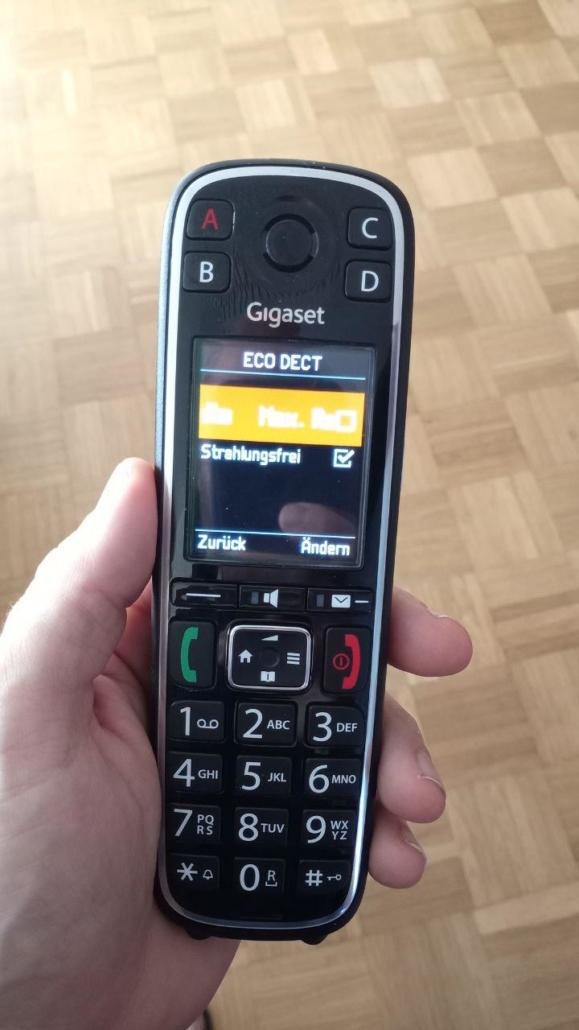
Laut Hersteller soll dies mit dem Gigaset E720 auch der Fall sein. Durch die „ECO-DECT Technologie“ soll der Stromverbrauch des Geräts um 60% reduziert werden können.
In diesem Modus wird die Sendeleistung dann auf ein absolut notwendiges Maß reduziert, um weiterhin noch eine stabile Verbindung zwischen Mobilteil und Basisstation zu gewährleisten.
Solange sich das Gerät im Stand-By Modus befindet, soll es sogar vollständig strahlungsarm sein! Dennoch ist es dann, laut Gigaset, 300 Stunden in Bereitschaft (nach voller Ladung), was etwas 12 Tagen entspricht!
Alles auf einen Blick – das Datenblatt des E720A
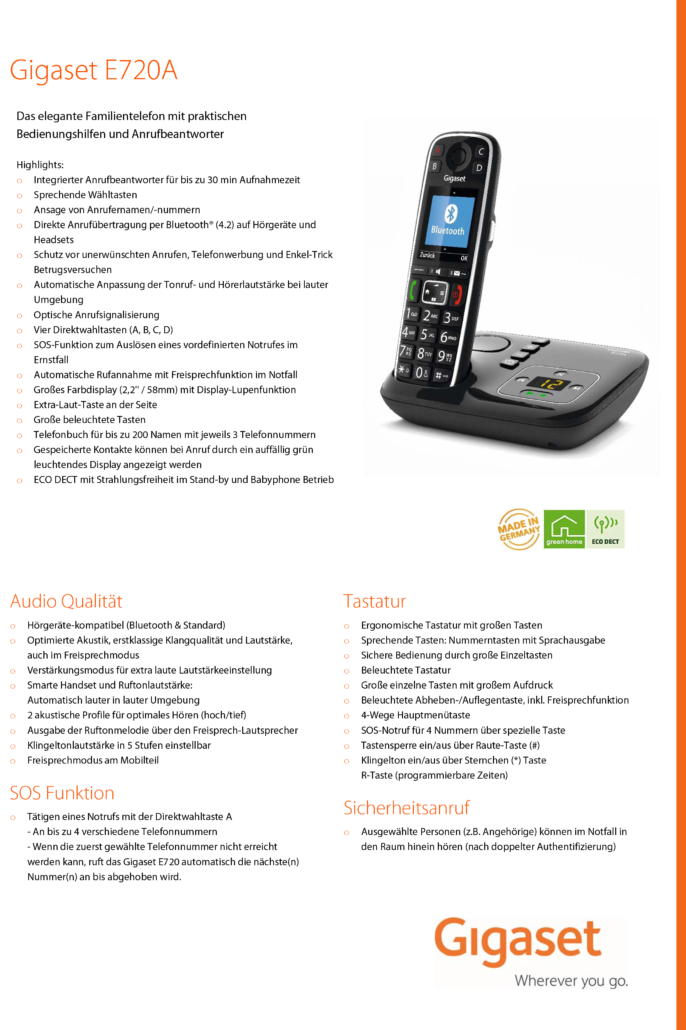
Fazit/Conclusio Gigaset E720
Alle meine Blogartikel schließen stets mit einem Fazit, respektive einer Conclusio. Was kann ich also über mein neues Praxis-Telefon sagen? War ich überrascht? Nein. Aber ich hatte auch bereits hohe Erwartungen an dieses Telefon.
Denn schließlich ist es bereits das zweite Modell aus dem Hause Gigaset (das dritte, wenn man mein altes Gigaset von „anno dazumal“ mitzählt), neben meinem geliebten Smartphone GX290. Eine ausführliche „review“ zu diesem tollen Mobiltelefon findet der geneigte Leser hier.
Der vorliegende Artikel gewährt also mal wieder einen weiteren Blick „hinter die Kulissen“ von Bernd Stößlein Personal-Training, der Naturheilpraxis/des Heilpraktikers Bernd Stößlein und des „Consulting Biohackers“ der ich nun mal mit Leib und Seele bin.
Zum Gigaset kann ich sagen, dass es für die UVP von um die 120€ (in der von mir genutzten Ausführung, mit AB) extrem viel mitbringt. Wie der Amerikaner sagen würde „most bang for your buck“. Also viel Leistung für vergleichsweise wenig Geld!
Vom Gigaset E720 war ich also nicht überrascht, dennoch aber ein weiteres Mal begeistert! Ein Telefon, das ich meinen Kunden und Patienten guten Gewissens weiterempfehlen kann und werde!
Besonders gut gefällt mir der ECO-Modus, der die Strahlung reduziert oder gar eliminiert (im Stand-By Modus). In Sachen von EMF, die uns tagtäglich „bombardieren“, eine tolle Sache!
Kurz und knall: absolute Kaufempfehlung! Eine echte Investition!
Hat dir dieser Artikel gefallen? Dann teile ihn mit deinen Freunden, hinterlasse einen Kommentar, abonniere den Newsletter/Blog und/oder schreibe mir eine E-Mail, an:
© HP Bernd Stößlein, Master of Business Administration in Sportmanagement.
In diesem Artikel findest du den ein oder anderen „Affiliate Link“, zu amazon. Wenn du über diesen Link etwas erwirbst, dann unterstützt du damit meine Blogartikel und schaffst Ressourcen für weitere qualitativ hochwertige Recherchen und Artikel wie diesen. Es entstehen für dich dadurch keine Mehrkosten! Alle meine grundsätzlichen Empfehlungen findest du unter: https://www.amazon.de/shop/bernd_stoesslein

